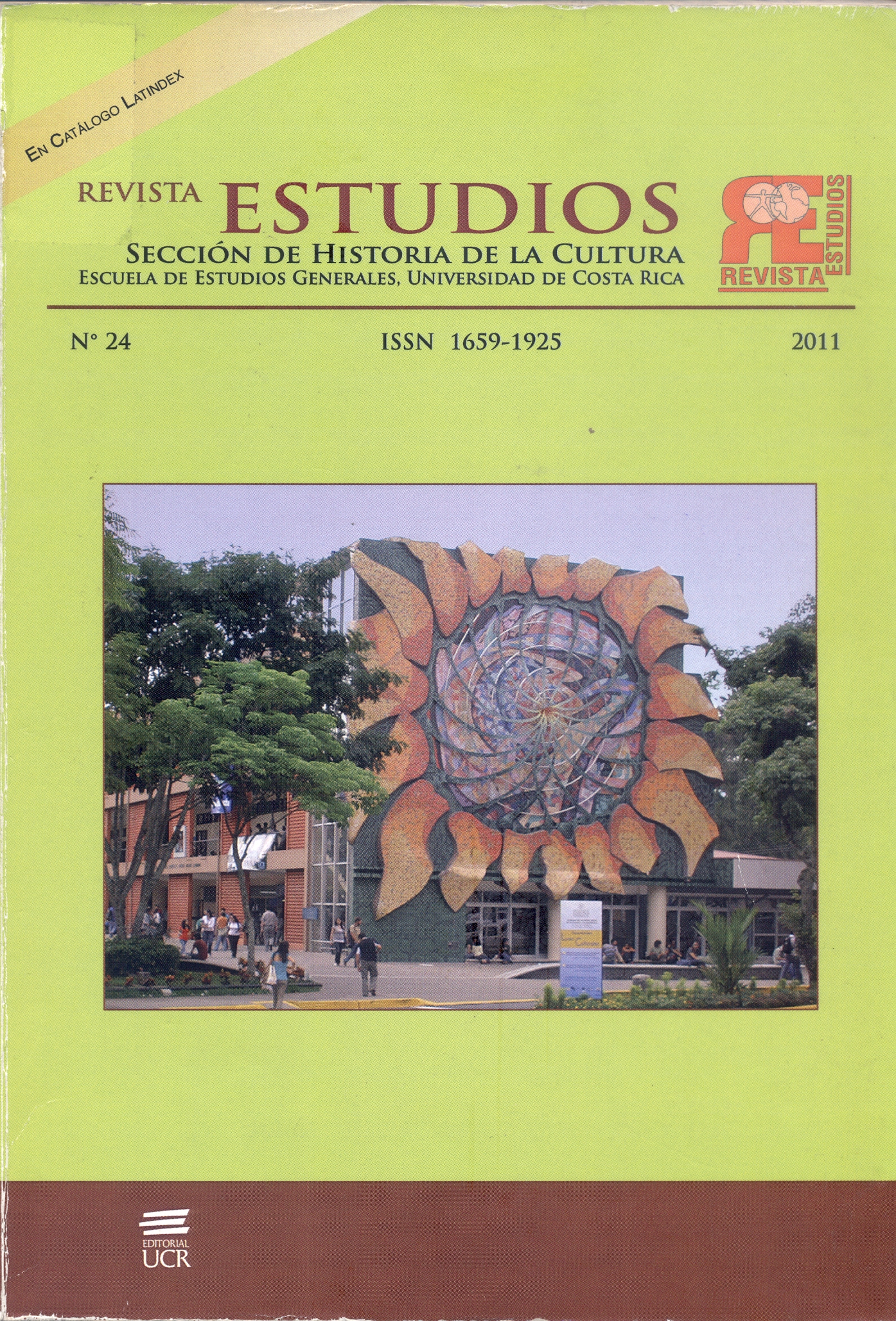Abstract
Traditionally the Anthropology divided in four principal categories the societies the Spaniars found in America at the beginning of the 16th. century: states, chiefdoms, tribes and bands. Each category was asociated to a certain economical and population development. It was considered that only in Nuclear Areas where “arcaic states” developed, the population attained a high demographic density and an efficient food poduction. This article criticizes this stance and proposes that supossedly almost uninhabited territories, were in fact densely populated and the people who ocuppied them developed very productive means of subsistence.
References
Juan Carlos Solórzano F., América Antigua: Los pueblos precolombinos, desde el poblamiento original hasta los inicios de la conquista española, Editorial de la Universidad de Costa Rica, 2010.
Charles C. Mann, 1491 Una nueva historia de las Américas antes de Colón, México: Taurus, 2006.
Shepard Krech III, The Ecological Indian: Myth and History. New York: W.W. Norton, 1999.
Anna Roosevelt (editora), Amazonian Indians from Prehistory to the Present: Anthropological Perspectives, University of Arizona Press, 1997.
http://www.theatlantic.com/past/docs/issues/2002/03/mann.html
Conferencia dictada en el marco del I CONGRESO IBEROAMERICANO SOBRE PATRIMONIO CULTURAL Universidad de Costa Rica (diciembre 2010)

